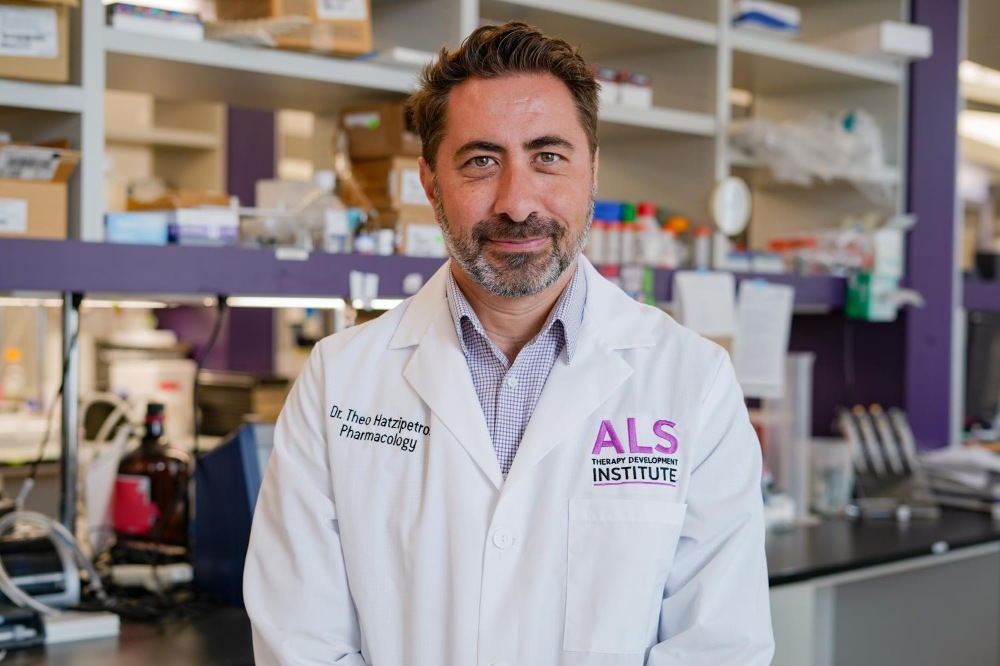 Research papers are an essential part of all scientific research. When a scientist, group of researchers, or organization makes a discovery that they believe is novel and significant, they publish their findings in a scientific journal to share their work with the world. In the drug discovery space, a publication might cover a new finding about the causes of a disease, a new drug target, preclinical data about a promising treatment in development, or the results of a clinical trial.
Research papers are an essential part of all scientific research. When a scientist, group of researchers, or organization makes a discovery that they believe is novel and significant, they publish their findings in a scientific journal to share their work with the world. In the drug discovery space, a publication might cover a new finding about the causes of a disease, a new drug target, preclinical data about a promising treatment in development, or the results of a clinical trial.
When our research at the ALS Therapy Development Institute (ALS TDI) reveals promising findings, such as the discovery of Type I PRMTs as a potential drug target for C9orf72-related ALS, we publish these results to inform others in the field. However, we don’t just publish our positive results. It can be equally important to inform the ALS research community about treatments that fail in our testing, says Dr. Theo Hatzipetros, ALS TDI’s Senior Director of Pharmacology.
“I think it's important to let the research community know as much about the negative data as the positive data,” says Dr. Hatzipetros. “By putting out negative data we hope to not only prevent others from trying these exact experiments, but also to free them up to try other things and guide them in that direction of treatments that have a higher chance of success.”
To this point, ALS TDI researchers recently shared data that was largely negative in a paper which was published in the open-access journal PLOS One, titled “PERK modulation, with GSK2606414, Sephin1or salubrinal, failed to produce therapeutic benefits in the SOD1G93A mouse model of ALS”
This paper detailed the testing of three potential treatments at ALS TDI, all sharing the same target, called the protein kinaseRNA-like ER kinase (PERK) pathway. PERK is part of a healthy cell’s defense mechanisms, allowing the cell to essentially shut down in conditions of stress. There is some evidence that PERK may play a role in ALS – in certain cases where the pathway is overactive, it could kill cells rather than just temporarily pausing their function.
Several previous studies by other researchers have investigated drugs that inhibit PERK in ALS and other neurodegenerative diseases. The results of these studies were often inconsistent, and sometimes in direct conflict with each other, says Dr. Hatzipetros.
“There were some groups that showed that PERK pathway inhibitors had a therapeutic effect,” he says. “Not just in an ALS model, but in other models of neurodegenerative diseases as well. But, interestingly, there hadn’t been much reproduction of those effects in other experiments. Other groups did not see an effect at all. So, we wanted to sort this out and perform our tests to see whether we could produce benefits by inhibiting the pathway.”
To investigate the true potential of this target for treating ALS, ALS TDI’s pharmacology team decided to test three PERK pathway modulators – GSK2606414, Sephin1, and clonidine. The team, led by Dr. Hatzipetros, devised a series of experiments in ALS TDI’s mouse model of ALS. They looked both for signs that these drugs were affecting the PERK pathway, as expected, and for signs of therapeutic benefit. Dr. Hatzipetros says the results did not support the use of the PERK pathway as a drug target in ALS. By publishing their results, the team hopes to share these findings with the greater research community.
“Over three years, we tested these compounds in different regimens – with several different doses and routes of administration,” he says. “None of these produced therapeutic benefits worthy of further research. I would like researchers to take away from this paper that targeting this pathway is not straightforward. It's not easy. And if they decide to do it, they have to do it very carefully, using a variety of approaches and doses in multiple models, and being very cautious when interpreting their results.”
While publishing results like these might not be as exciting as announcing a promising discovery, Dr. Hatzipetros says they are still essential to moving ALS research forward.
“Validating the research of others, in a standardized and very careful manner, is very important,” he says. “And it’s important to share the outcomes, no matter what those are, with the ALS research community. It took a lot of time and resources to conduct these experiments. It’s important to show this big volume of work so that others learn from it – both to avoid wasting time and resources and to free up their resources to test other compounds that are perhaps more likely to succeed.”
What to Do Next: